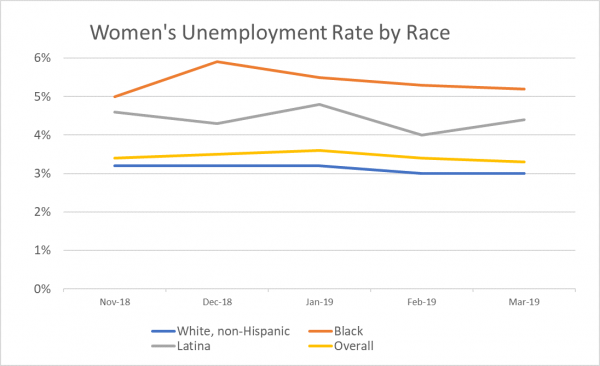Extremist judges will not stop endangering the lives of pregnant people or people who may become pregnant—overturning Roe v. Wade, attacking medication abortion, threatening the future of IVF, and this week at SCOTUS, emergency abortion care.
Our lawyers are waging strategic fights that make clear what is at stake for people who can become pregnant and seek to bolster our fundamental rights to control our lives, futures, and destinies.


 The U.S. workforce has seen many ups and downs over the past few months. After a lengthy government shut down and stalled job growth in February (when the economy added
The U.S. workforce has seen many ups and downs over the past few months. After a lengthy government shut down and stalled job growth in February (when the economy added 